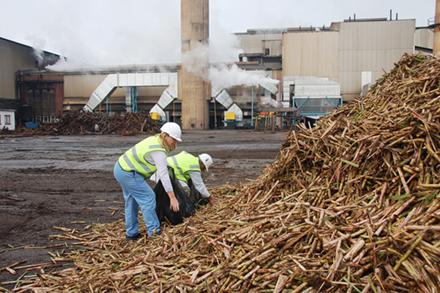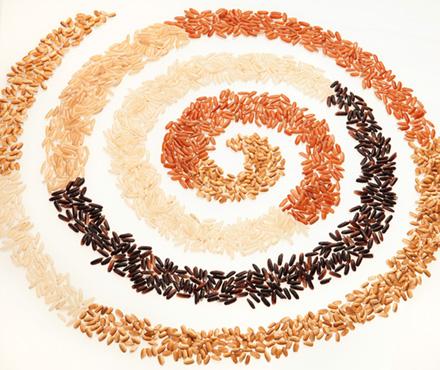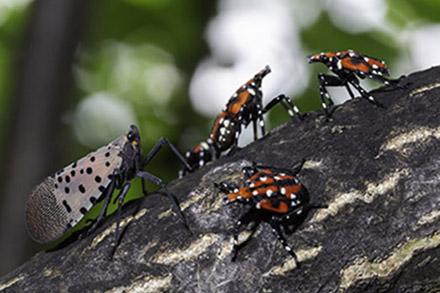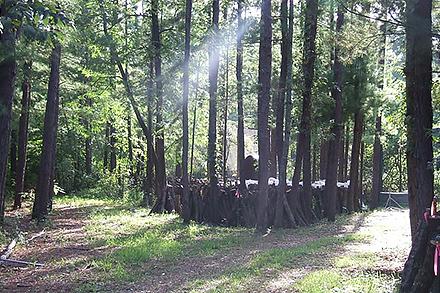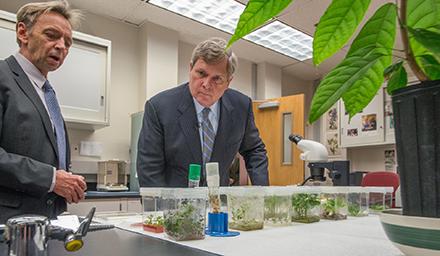Elephant Toothpaste
Scientists use hydrogen peroxide to sanitize and clean surfaces in their labs. One of the reasons we use hydrogen peroxide is because it does not leave any residue. Once exposed to UV light/the sun it breaks down into oxygen and water. This is also why bottles of hydrogen peroxide come in dark opaque bottles. This reaction happens slowly over time. However, we can make this happen more rapidly with a catalyst. Yeast is an organism that we use to make bread and test different strains of wheat in our wheat quality laboratories. Yeast produces such a catalyst that breaks down hydrogen peroxide. This is the same enzyme/catalyst that causes the peroxide to bubble when we put it on a cut or scrape. Catalase is present in most living things that have access to oxygen and helps them break down naturally occurring hydrogen peroxide.
 About the Experiment
About the Experiment
For this experiment, we're going to find out. What happens if we put hydrogen peroxide and yeast together in a large quantity? What if we added dish soap and food coloring? How does that change the outcome? It's time to get your hands messy like a scientist!
 |
Details
|
 |
|
 |
|
 What You'll Need
What You'll Need
- Empty bottle or clear vessel. Try different sized vessels for different outcomes!
- 3% hydrogen peroxide (this is the typical concentration found in stores)
- Dry yeast
- Liquid dish soap (any color works)
- Food coloring (any color works)
- Warm water
- Cookie sheet or large tray
- Measuring cups and spoons
- Safety glasses!

Before you begin: Ask a parent or adult to assist. This is a fun but messy experiment, so you may want to consider doing it outside. However, it can be done in a kitchen or bathroom. Be careful with the ingredients, as hydrogen peroxide can bleach fabrics and food coloring can stain clothing. Wear clothing that you don't mind getting "dirty" or wear an apron or lab coat!
 Let's Do This!
Let's Do This!
- Add 1 tablespoon of dish soap into your bottle or vessel (Fig 1).
- Measure ½ cup of hydrogen peroxide and pour into your vessel with the dish soap (Fig 2).
- Swirl to mix.
- Add 10 drops of food coloring (your choice of color) either into the mixture or pour along the sides of the bottle or vessel (Fig 3).
- Place a cookie sheet or large tray under your bottle/vessel.
- In a separate cup, mix one tablespoon yeast and three tablespoons warm water and stir until you have a uniform slurry (Fig 4).
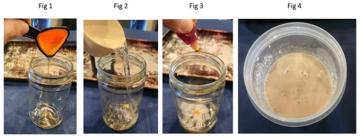
7. Quickly pour the yeast mixture into the vessel and step back and watch!

Let's Look At The Results!
Clean up:
The end-result that looks like toothpaste is safe to wash down the drain with water or put in the trash. If you got any toothpaste on your clothes or skin, rinse in cool water. The bottle/vessel and measuring tools can be cleaned with warm soapy water or placed in a dishwasher.
What did you learn?
- Did the experiment occur like you expected? Why or why not?
- What causes the mixture ooze out of the bottle/vessel?
- What else is hydrogen peroxide used for?
Additional experiments:
Try doubling the recipe or using half the dish soap. Use more or less food coloring, and either shake it vigorously or do not shake at all.
How do these modifications affect the outcomes?
- What happens if you add more or less food coloring?
- What happens if you mix the bottle/vessel lighter or more vigorously?





